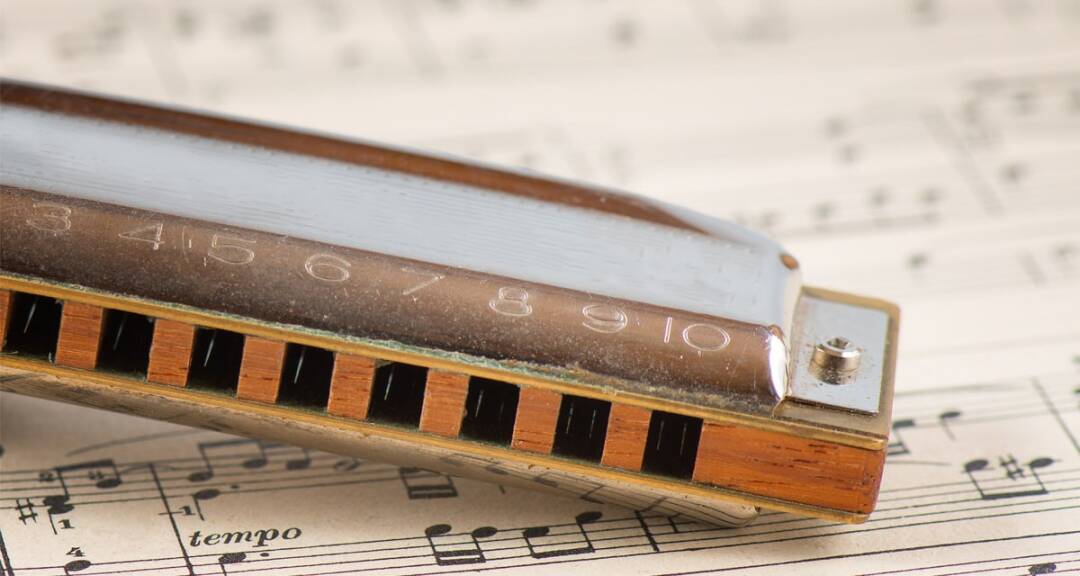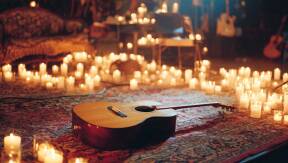Discover the untold stories of women who shaped harmonica music from blues to rock and beyond. A legacy of power, talent and innovation.
The history of the harmonica is often told through the names of men, yet the instrument has also been shaped by remarkable women whose contributions are often overlooked. From the early days of American education programs in schools to the rise of female stars in blues, country, rock, and gospel, countless artists have carried the harmonica into new genres and given it an enduring sound. These stories deserve a place in the hall of music history, proving that the harmonica is not limited by gender but empowered by the creativity of every woman who picked it up.
Early Education and the Influence of Children’s Bands
In the 1920s, harmonicas were introduced into American schools as part of music education. The Hohner company, already a big name in the arts, sponsored contests and organized teaching programs. Thousands of children, including many girls, learned songs in school band settings. By the 1930s, over two thousand harmonica orchestras existed across the United States. These performances brought the harmonica into the daily lives of children at a young age, and many young female students became the first generation of artists to be formally trained. Their participation helped build the foundation of an enduring harmonica tradition in American culture.
The First Female Artists in Harmonica Music
One of the earliest known female pioneers was Mary Travers, better known as Madame Bolduc. Born in Quebec, she combined accordion, spoons, jaw harp, violin, and harmonica in her performances. She recorded her first songs in 1929, becoming one of the first women to record harmonica on an album. Her style mixed traditional folk with humorous lyrics, and her popularity marked a turning point in music.
In the blues, Minnie Wallace was a singer and harmonica player associated with the Memphis Jug Band. While her recordings often featured other instrumentalists, her presence proved that a woman could be part of the blues harmonica story in the early years. Likewise, Rebecca Tarwater made country recordings in the 1930s, while Cynthia Mae Carver, known as Cousin Emmy, blended harmonica, fiddle, and gospel in her radio performances during the 1940s. These artists show that the harmonica was never exclusively male, even in its formative time.
Mildred Mulcay and the Big Stage
Mildred Mulcay is a central figure in the history of women in harmonica. Originally trained on piano, she later began to experiment with the chromatic harmonica. After marrying Jimmy Mulcay, a Marine Band player, she developed her talent until her skill surpassed his. Together they became stars of the vaudeville circuit and appeared in films, on radio, and in international tours. Their performances featured both traditional and innovative songs, and they became household names.
The Mulcays’ album featuring “My Happiness” reached number one in 1953, selling over a million copies. Their legacy demonstrated that a female harmonica player could achieve mainstream success. They also worked alongside big names like Bob Hope, cementing their place in the arts. Mildred’s style was not confined to the blues; she explored genres from pop to swing, expanding the instrument’s reach.
Grace Brim and the Blues Legacy
In 1950, Grace Brim changed the narrative. She was often called the “Queen of the Harmonica” and her role in Chicago blues brought her lasting influence. Alongside her husband John Brim, she recorded several songs that highlighted her ability as both a singer and harmonica player. Her sound was raw and powerful, steeped in gospel roots and traditional blues forms. Grace Brim’s performances are still studied today by artists who recognize her as an innovative figure in blues history.
At a time when women in music were often relegated to vocals, Grace Brim proved that a female instrumentalist could lead. Her recordings became an enduring part of American culture, influencing countless later artists who learn the harmonica.
Expanding Beyond Blues: Country, Rock, and Pop
As the harmonica grew in popularity, female performers emerged in country, rock, and pop. Some appeared on the stage of the Grand Ole Opry, connecting the harmonica to traditional country heritage. Artists like Cousin Emmy brought the harmonica to gospel programs, while modern performers such as Annie Raines and Cheryl Arena carried it into rock and blues clubs.
The harmonica’s sound became a bridge across genres, moving from country songs to pop albums, and from gospel choirs to rock stadiums. Women were part of this transition at every age. Their performances not only entertained but also showed how the harmonica could adapt to new styles of music.
Contemporary Female Harmonica Artists
Today, the legacy of women in harmonica is represented by artists such as Christelle Berthon, Sandra Vazquez, Kat Baloun, Cheryl Arena and Annie Raines. These performers have taken the harmonica into new genres, recording albums and collaborating with big names across music. Their performances continue the enduring tradition established by earlier trailblazers.
One cannot ignore the role of education in this new wave. Many of these artists teach, helping children and adults to learn the harmonica. Their influence ensures that the next generation will carry forward the sound of this instrument. These women are not just players but leaders who shape the culture of modern harmonica.
The Question of Representation
Why then are women less visible in the harmonica’s history? Part of the answer lies in previous cultural expectations. The harmonica was long associated with wandering male bluesmen, soldiers, and big names in rock. But if we look deeper, the contributions of female harmonica players are undeniable. From Madame Bolduc’s early songs to Grace Brim’s fiery blues, from Mildred Mulcay’s albums to the modern innovative style of Christelle Berthon, the legacy is rich and varied.
Their role proves that harmonica music has always been more inclusive than the books suggest. It is time to give these women their rightful place in the hall of music and the broader arts.
An Enduring Influence
The harmonica is not just an instrument of blues kings. It belongs to every woman who dared to pick it up, create her own sound, and leave a legacy that still inspires. Their story is part of our shared culture and their place in the history of the harmonica is as big and as innovative as any man’s.



